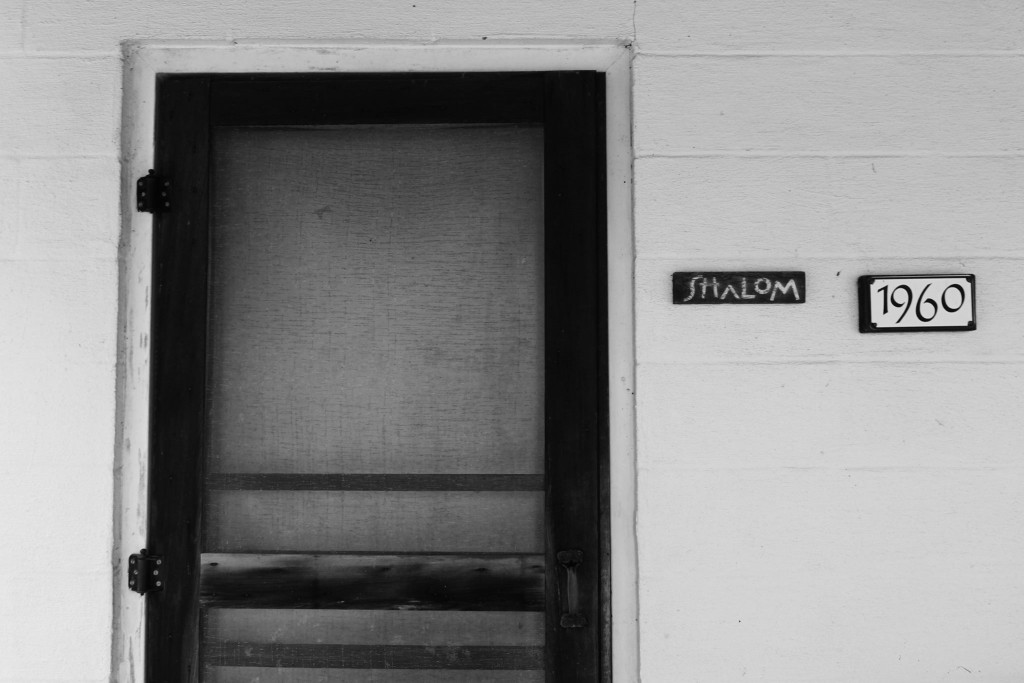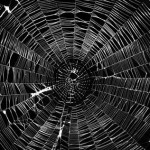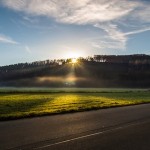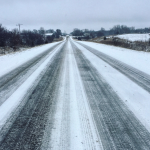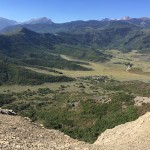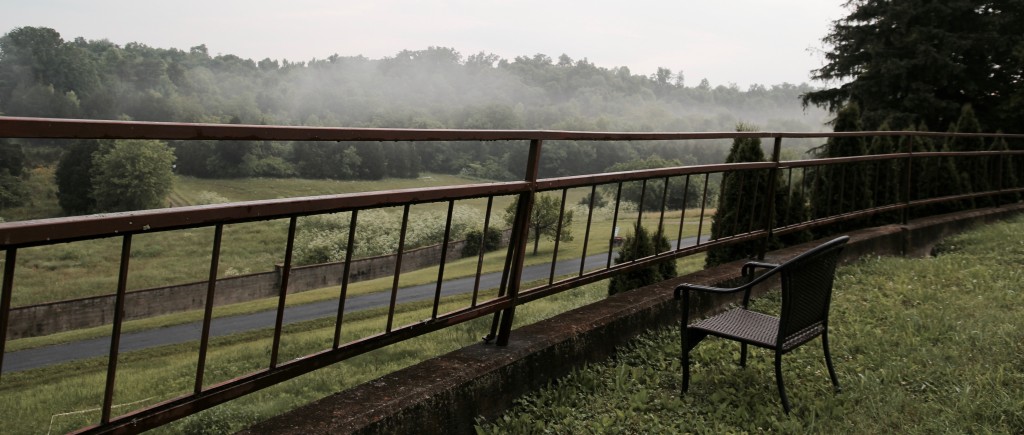
The bells began to ring just outside my window for Vigils, 3:15 am prayer, and I couldn’t help but roll over to doze off again until the next round of bells would awaken me a few hours later. I’m not sure how I was so lucky to receive a room with a view of the Abbey’s bell-tower and the monastery’s resting place for monks who have since left the world. I awoke each day overlooking the burial grounds of those who have prayed for decades before me, including Thomas Merton. In some way I felt all those monks overlooking me – showering my awake and resting moments in their lifetimes of prayer.
On this, my third visit to Gethsemani Abbey, I was not only awoken by bells but also to the sacredness of the “smallest” moments in my life. My times at monasteries have been encounters that continually strip away the layers of facade that the world covers me with. And as these false covers are peeled back – I am left raw, vulnerable, and opened to the sacredness before me. This inner stance then permits me to ease into a necessary detachment from the world – an exploration where I can once again see that the simplest of moments are filled with awe and full of the sacredness that they’ve always hosted.
Sometimes it’s difficult to see how this stripping away of layers could lead to such striking awareness and joy in the moment, especially at a monastery. Some find the daily tasks and routines of these monks to be an imprisonment that hinders their own self-discovery, but Gethsemani Abbey and other monasteries have long since proven otherwise. It may be precisely the paradox that provides the freedom – that daring step away from the world in order to deepen one’s relationship with the world; that deep exploration of our rough edges which leads us to greater unity with one another.
Culturally – any external that is a limitation is perceived as bad. But when you choose these self limits, do they open you to a reality that is only accessible because you’ve chosen those limitations? A Trappist Monk
This world of chaos tells us that sacredness is wherever we declare it to be – that we make our own destiny, and form our own spiritual experiences. Yet, we all know, the moments that we truly deem as sacred quite simply are. They exist without our permission or proclamation and are only hindered by our words to define them. On this trip to Gethsemani Abbey, I found myself full of awe in moments I’d previously failed to fully live in. I found intense joy getting lost in the woods, I reveled in the gifts of friendship, I opened my eyes to the offerings of living that were poured out before me at each and every moment. I was continually captivated by the sacredness of now.
Now that I’m back from the Kentucky wilderness – I’ve abruptly resurfaced into this modern-day society of chaos and discourse. I’ve already managed to lose touch with my natural rhythms and instead of the bells calling me to prayer, I’m haunted and hunted by the speaker screams of grocery stores and the barking of traffic just outside my door. Where am I and what am I doing here? Returning to the “real world” immediately reconditions my adherence to the world’s demands and suggestions – an artifice I often declare sacred when it isn’t. I’ll go about my days forgetting the sacredness of each moment; the cup in my hands, the bird in flight, eye-contact with a wandering stranger, being remembered by a friend – the sacredness of being alive.
How easily we get trapped in that which is not essential – in looking good, winning at competition, gathering power and wealth – when simply being alive is the gift beyond measure. Parker Palmer
But, maybe, it will be different this time. Coming back into the world doesn’t mean I have to re-align myself with it. And, defining what is sacred is certainly different for each person. Religious spaces and religions themselves certainly have no monopoly on what is sacred for an individual. For me, sacredness arises from the eyes and heart that I bring to a moment. Sacredness’s existence begins before I encounter it; it’s a preparatory stance of openness towards what is before me. What’s striking to me is that this very moment can be sacred, as long as I’m willing to see it, as long as I’m willing to behold it.
Perhaps the sacred is always now.
